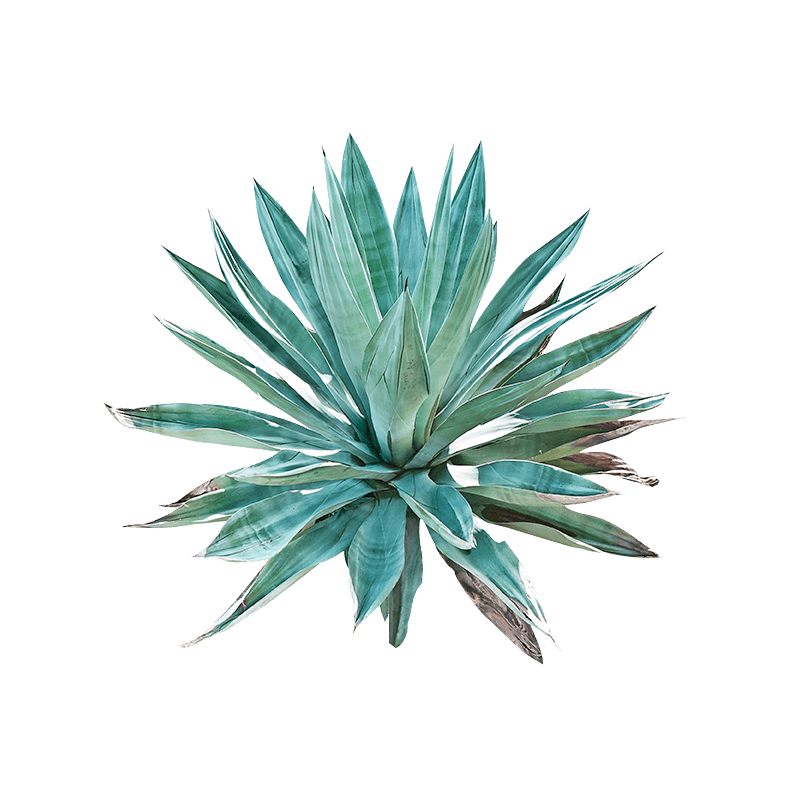Latin name
Agave spp. L.
Origin
Agave originates from the American continent (Mexico, the South-West states of North America, Central America, and South America). Certain species are acclimatised to the Mediterranean regions or on other continents (in Indonesia, etc.).
Used part
Hydrolysed and concentrated juice.
Active components
Sugars (fructose and glucose): this natural sweetener is also a preserving agent.
Usage
Agave syrup, also known as agave nectar, is a milder and runnier natural sweetener than honey. Since it dissolves rapidly, it is often used as a sweetener in cool drinks. Given that agave syrup has a lower glucose content, it has a lower glycaemic index than most other natural sweeteners.
Its high sugar content allows the juice of this cactus to ferment easily, which makes it possible to produce alcoholic beverages such as tequila. Sugar in general has long been used as a preservative. Due to their osmotic effect, the high levels of sugar mean that most bacteria cannot survive, which therefore prevents the deterioration of the product. Jam is perhaps the best-known example of this effect.

